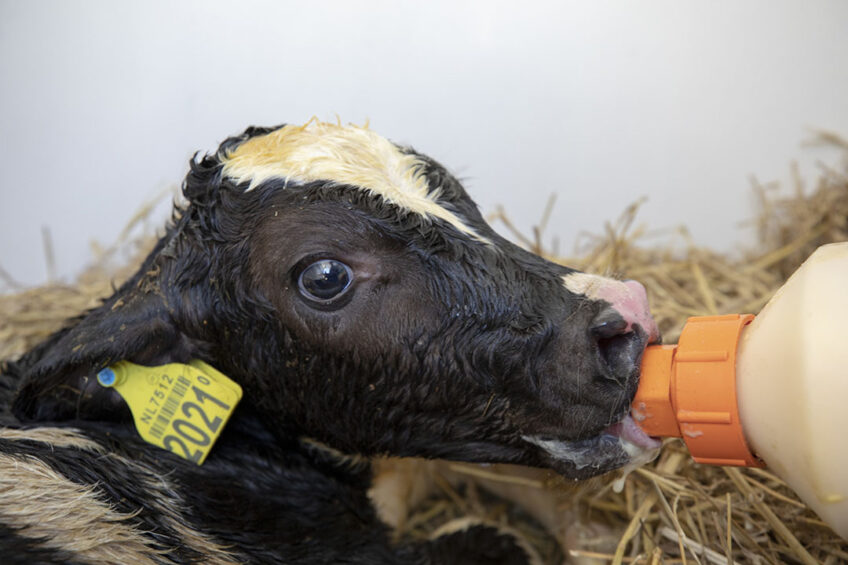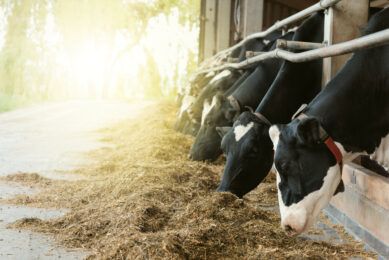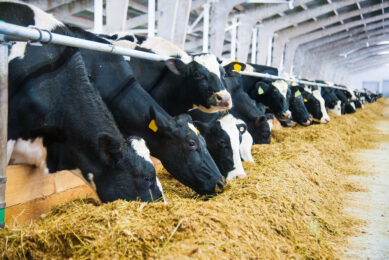Tips for feeding new-born calves in winter

Since new-born calves depend on milk for most of their energy needs, it is especially important to adjust the liquid ration for cold conditions. Here are some practical tips.
“Calves are more susceptible to cold stress than older animals, due to their low body fat reserves and larger surface-area-to-body-mass ratio, which causes them to lose body heat more rapidly,” says Skip Olson, technical services veterinarian for US company Milk Products. During the first 3 weeks of life, calves rely almost solely on the milk ration to meet their nutrition needs. It is therefore important to adjust the liquid ration for cold conditions to prevent that calves stop gaining and possibly even lose weight.
3 ways to meet nutrient demand
Here are 3 main ways to adjust the milk ration and help young calves meet the demands of cold weather:
- Increase the volume fed per day by feeding more often, a larger quantity at each feeding, or both.
- Increase the concentration of the milk offered by adding more solids to the existing volume.
- Increase the fat content of existing milk volume.
“By far the best method to feed more nutrition is to feed the same diet more frequently during the day,” Olson advises. “Not every farm can adjust to feeding 3 times per day, but if they can manage to do it for just new-born calves, an important need can be met.”

Beyond the liquid ration
Boosting milk replacer feeding rates requires attention to other details to keep calves in balance. Olson offers the following advice for effectively transitioning calves to winter rations:
- Timing – Pick a date in advance of when you are going to change the feeding program in the fall and stick with it until spring, despite weather fluctuations. One of the worst things you can do to a calf is change the rules.
- Water – Do your best to deliver warm water shortly after milk feeding. Calves will reward your effort by drinking more water, eating more starter grain and continuing to grow during the coldest weather.
- Starter – Even during cold weather, pay close attention to the starter bucket. Make sure the grain is available and palatable to encourage young calves to eat as much as they can.
- Housing – A clean, dry, draft-free environment, with deep bedding and possibly calf jackets, will help calves reserve energy and channel their metabolic efforts toward immune function and growth.
- Milk preparation – Milk prepared for feeding during extreme cold will cool rapidly outdoors. Adjust the initial temperature accordingly to achieve a milk feeding temperature of 100-105 degrees Fahrenheit (37.8 – 40.5 degrees Celcius). Dry milk replacer stored in cold conditions will affect the final feeding temperature when mixed. Adjust warm water accordingly with an accurate thermometer to achieve consistent feeding temperatures.
Source: Milk Products
Join 13,000+ subscribers
Subscribe to our newsletter to stay updated about all the need-to-know content in the dairy sector, two times a week.










